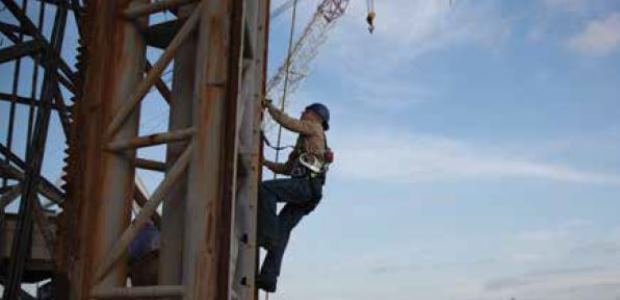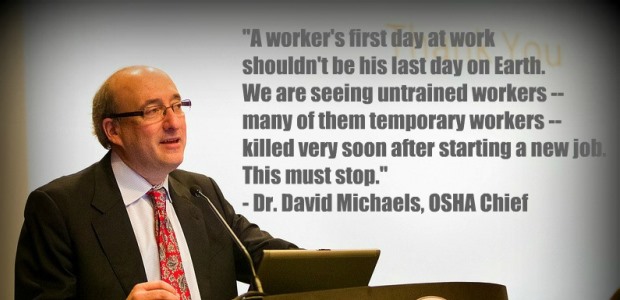
Identifying GFCI use with extension cords is one of the best and easiest steps when inspecting a job site for safety.

In the absence of automated fall detection, a buddy system, along with a mindful approach where workers remain aware of each other, is called for because an undiscovered victim is a tragedy in the making.

If there is no way through engineering or administrative controls to get exposure to acceptable levels, respiratory protection must be provided.

These incidents evoked a paradigm shift in organizational behavior and influenced the creation and enforcement of new legislation to prevent similar situations from happening.

Flexible, lower-cost options enable printing durable, appropriately-sized GHS, HMIS, NFPA, or hybrid labels on demand for smaller “down-packed” chemical container labels.

Tempting as it may seem in the “real world,” fall protection choices should never be influenced by convenience alone.

Beginning June 21, 2016, food trucks in the state need to have a permit and inspection from the Washington State Department of Labor & Industries.
The July 13 event is planned for 9 a.m. to 4 p.m. with representatives from the railroad industry, railcar manufacturers and owners, and industry associations attending to discuss the progress of moving to a new and stronger rail tank car, the DOT 117.
"Today, consumers are using antiseptic rubs more frequently at home, work, school and in other public settings where the risk of infection is relatively low," said Dr. Janet Woodcock, M.D., director of FDA's Center for Drug Evaluation and Research. "These products provide a convenient alternative when hand washing with plain soap and water is unavailable, but it's our responsibility to determine whether these products are safe and effective so that consumers can be confident when using them on themselves and their families multiple times a day. To do that, we must fill the gaps in scientific data on certain active ingredients."
Craig Galecka, P.E., CSP, for LJB Inc., along with Shawn Smith, CSP, U.S. Navy, led an afternoon session at day two of the ASSE Safety 2016 show discussing fall protection. In classic Letterman-style, the duo organized the presentation into a top ten list, discussing the most common fall protection equipment misuses.
The agency has penalized Sunfield Inc., an auto parts manufacturer based in Hebron, Ohio, a total of $3,426,900 and cited it for 46 egregious willful, two willful, one repeated, and eight serious safety violations.

OSHA Assistant Secretary Dr. David Michaels on June 28 outlined several more regulatory initiatives he said it will address during his final months as the agency's chief.
The city's daily newspaper reminded readers June 27 that Travel + Leisure panned seven of Atlanta's most popular tourist attractions.
Robert Lewellen and Scott DeBow, CSP/ARM, together discussed temporary workers in health and safety and the relationship the American Staffing Association has with OSHA.
Wayne Vanderhoof led a discussion on protecting oil & gas workers in the onshore industry from getting exposed to tank hazards.
Frans Johansson, author of "The Medici Effect" and founder of Medici Group, was the opening general session keynote speaker at ASSE's conference and expo.
NIOSH Director Dr. John Howard listed four key areas where the agency's working to have an impact and summed up his answer this way: "There's plenty to do."